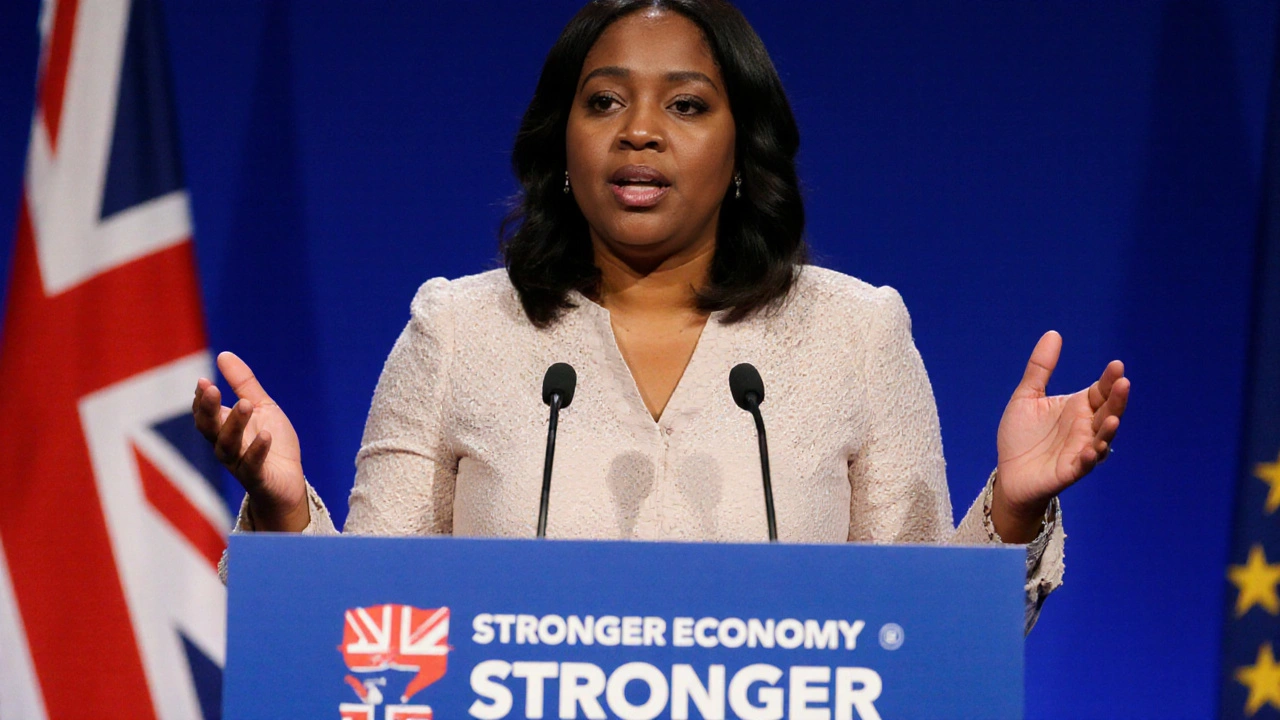Stamp Duty Explained – Rates, Reliefs and What It Means for Your Property Purchase
When dealing with Stamp Duty, a tax on UK property transactions. Also known as SDLT, it influences how much you pay when you buy a house or flat. Property purchase, the act of acquiring residential or commercial land triggers the charge, and the amount hinges on price bands, buyer status and any reliefs that apply. This opening sets the stage for the range of topics you’ll see below.
Stamp Duty is calculated on a sliding scale. The first £125,000 of a residential purchase is tax‑free, then rates rise to 2% up to £250,000, 5% up to £925,000, and so on. Stamp Duty therefore grows with the property’s value, not the buyer’s income. Commercial properties follow a separate schedule, usually starting at 0% for the first £150,000 and climbing higher beyond that. Understanding these bands helps you estimate the cash you’ll need on closing day.
Several reliefs can shrink the bill. First‑time buyer relief, a reduction for purchasers buying their first home removes the charge on the first £300,000 of a property under £500,000, and cuts the rate on the next £200,000. There’s also multiple‑dwelling relief for investors buying several units at once, and a non‑resident surcharge that adds 2% for overseas buyers. Each relief tweaks the base calculation in a specific way, so you need to check eligibility before you sign the contract.
The tax is administered by HMRC, Her Majesty’s Revenue and Customs, the UK tax authority. After completion, the conveyancer or solicitor submits an online return within 30 days, and the buyer pays the amount due. Late filings incur penalties, so timing matters. HMRC also publishes yearly updates to thresholds and rates, meaning the rules you follow today might shift next financial year.
From a buyer’s perspective, stamp duty impacts budgeting and mortgage decisions. Lenders often factor the tax into the total loan‑to‑value ratio, so a higher bill can mean you need a larger deposit or a slightly lower loan amount. Savvy shoppers run the numbers early, using online calculators to see how different price points affect the duty owed. This proactive step avoids surprise costs at the exchange of contracts.
Recent years have seen notable changes. The 2021 government temporarily lifted the nil‑rate band for properties up to £500,000 to boost the market, then reinstated the old thresholds in 2022. Plans to adjust rates for high‑value homes are floated each budget, so staying informed is crucial. Watching policy announcements helps you decide whether to buy now or wait for a potential rate reduction.
Practical steps for anyone facing stamp duty: (1) check if you qualify for any reliefs; (2) use a trusted conveyancer who will file the return correctly; (3) factor the tax into your overall purchase budget; (4) revisit your plan if rates change before you finalize the deal. These actions keep the process smooth and keep more money in your pocket.
Below you’ll find a curated collection of articles that dive deeper into each of these areas – from detailed rate tables to real‑life case studies and expert tips on navigating the tax landscape. Browse on to sharpen your understanding and make a confident property move.
Conservative leader Kemi Badenoch pledged to scrap England's stamp duty on homes—a £9 bn tax cut—at the Manchester conference, aiming to revive the housing market and boost Tory polls.

 Sports News
Sports News